A great shock! The plate of the coffee cup can be used to drink coffee!?
We know that cultural customs vary from place to place. For example, in China, most people see this title and think, are cups and saucers generally not used for decoration or insulation? Only Cantonese people saw this title, shocked is: "fruit only dish, not here to install bones?" (Isn't the dish used to hold bones?)

Indeed, modern coffee cups and saucers are mainly used as coasters and to enhance the overall atmosphere of the auxiliary "props." But in Europe before the 18th century, the main function of coffee cups and saucers was to "drink coffee gracefully."
In 1640, the Dutch brought coffee from mocha in Yemen to Holland, and from there to Europe, setting off a wave of coffee craze. In Europe at that time, people regarded "drinking coffee" as a fashionable behavior.
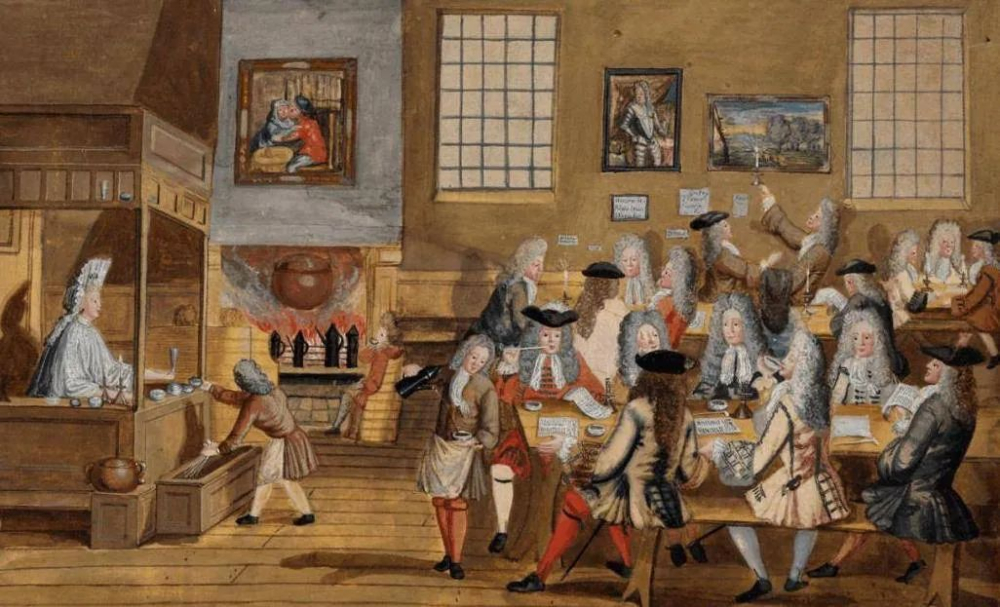
At that time, coffee was made by soaking, first putting coffee powder and water into a pot to boil, then filtering with flannel filter cloth, and finally drinking it in cups.
However, Europe at that time did not have porcelain technology, but also stayed in the pottery process. The ceramic cups produced were thick and not as thin and exquisite as porcelain, which did not meet the "elegance" requirements of European upper-class people at that time. Therefore, only delicate porcelain cups imported from China can be used as coffee containers to meet their "aesthetic" needs.
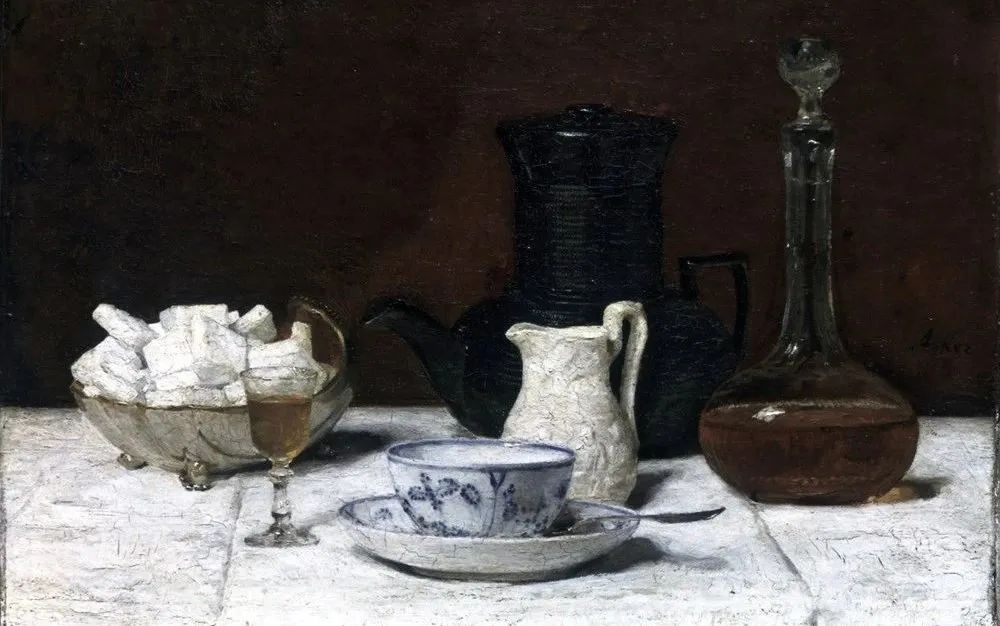
Albert Encore's 1870 painting Still Life with Coffee and Cognac shows a coffee container from China.
However, China imported porcelain cup and did not use to prevent scalding grip, extremely thin cup body insulation performance is naturally very poor. If you pick up a cup of freshly brewed coffee directly with your hand, it will undoubtedly be a hard test for your fingers. If you don't hold back your hand, you will break the expensive porcelain cup directly.
(Here is a cold piece of knowledge: since the porcelain cup imported from China has no handle, and the stereotype of Europeans thinks that a container without a handle cannot be called a cup, they all call the imported porcelain cup at that time a bowl.)
So the best way is to pour coffee into a cup and plate to cool it, and then sip it elegantly and stylishly in a way similar to modern cups. This situation continued until the 18th century, when the Germans discovered the method of making porcelain, and were able to make exquisite porcelain cups with anti-scalding handles. With the popularization of porcelain technology, the upper class in Europe had porcelain cups with cup ears, which gradually stopped using dishes to drink coffee.
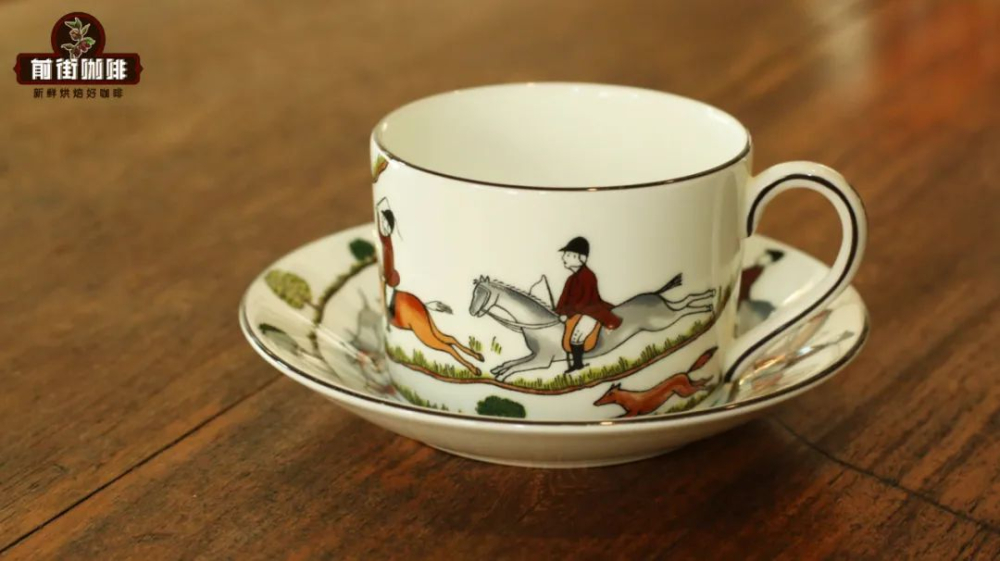
The works left behind by painting at that time have a good record of the action of "drinking coffee with a cup and plate." So let's look at some of the beautiful artworks.
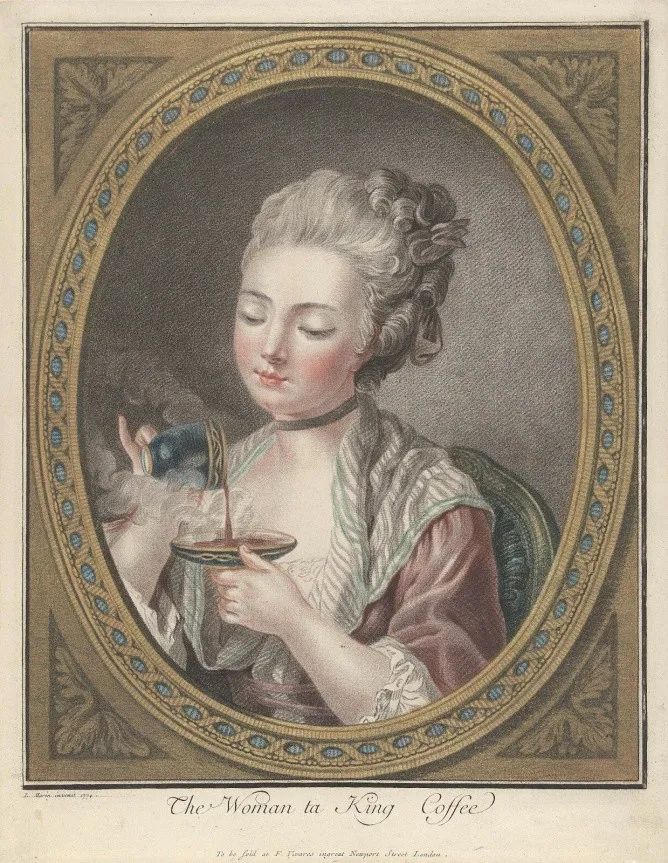
Louis Marin Bonnet's The Woman Taking Coffee, 1774. We can clearly see that the woman in the picture is pouring coffee into a cup and saucer to cool it.
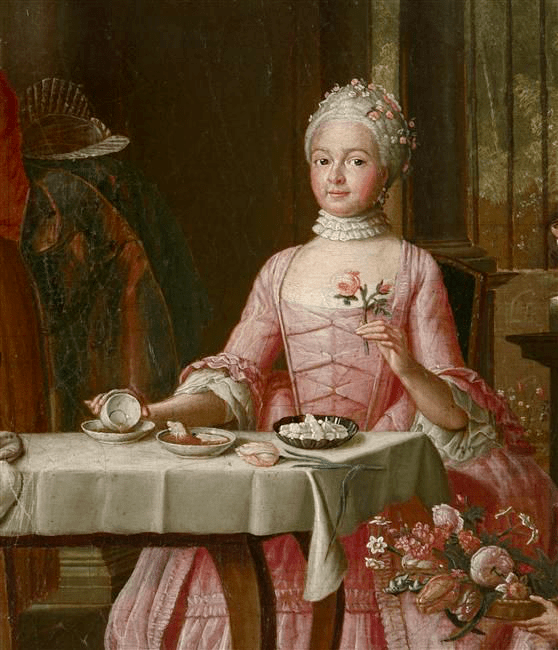
And this "Details of Spring" by German court painter Peter Jacob Horemans shows an aristocratic lady pouring coffee into a dish to cool.
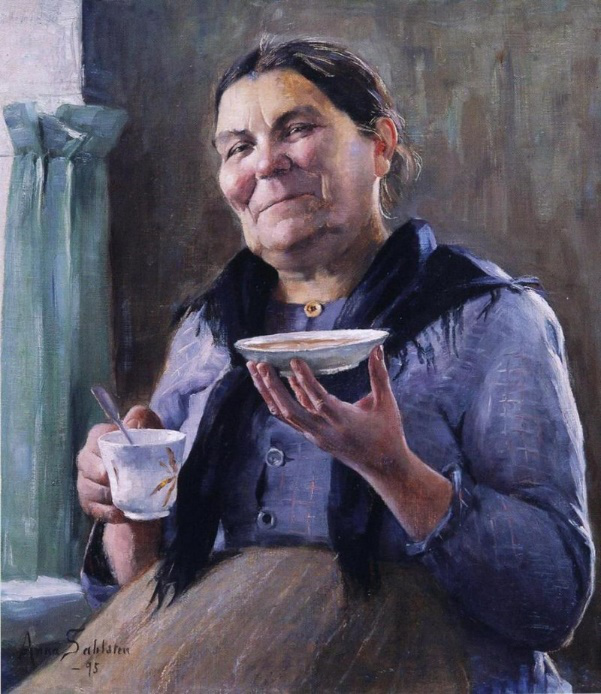
The painting is Coffee Granny by Finnish artist Anna Sofia Sahlstén from 1895. The painting depicts a kind old woman preparing to drink coffee poured into a dish, which was the daily life of Finns in the 19th century. At the same time, in this painting we can also feel that the Nordic countries are deeply affected, and some people still retain this behavior habit.
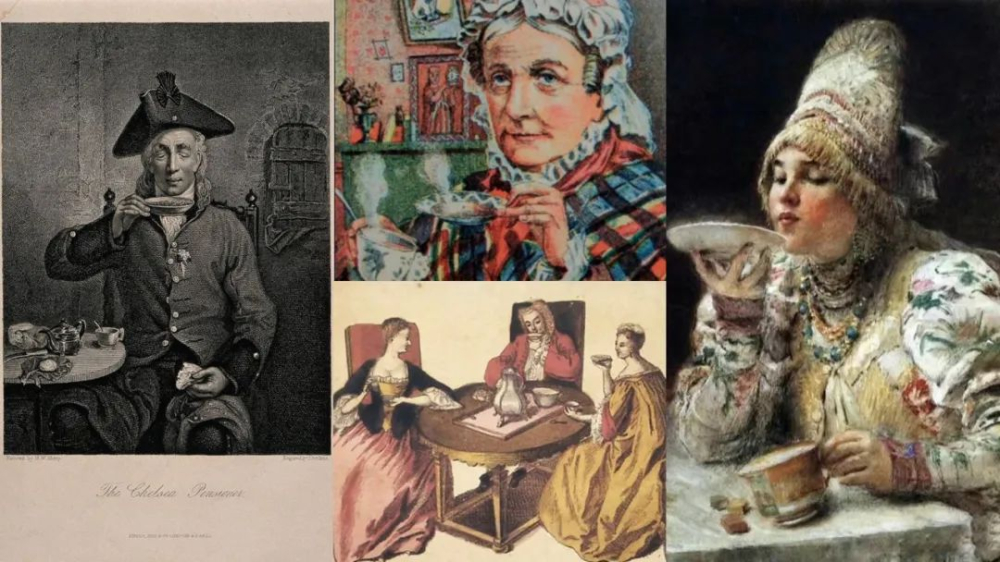
There are still many such painting arts. Interested friends can explore them slowly on the Internet. However, if you read this article and want to try this popular drinking method in the 17th century, Qianjie suggests that you must carefully choose the time, place and occasion to try it.

- END -
Front Street Cafe
No.10 Baoanqian Street, Yandun Road, Dongshankou, Yuexiu District, Guangzhou City, Guangdong Province

Important Notice :
前街咖啡 FrontStreet Coffee has moved to new addredd:
FrontStreet Coffee Address: 315,Donghua East Road,GuangZhou
Tel:020 38364473
- Prev

I heard that the amount of beans in the Italian bean grinder will affect the concentrated state.
Friends in many coffee shops often ask why beans in bean stores are often asked to be close to full. Does this have any different effect? This is about to mention this trapezoidal structure device that can often be seen on Italian bean grinders. The trapezoidal canopy is located above the bean grinding cutter head. Look at it.
- Next

Why did the new mocha pot be dumped the first three times?
As one of the common espresso extraction utensils, mocha pot is deeply loved by many coffee people because of its advantages such as friendly price, light looking, portable operation and so on. When consulting the mocha pot tutorial, some novice friends noticed a saying: the newly purchased mocha pot should be boiled 2 or 3 times before it is officially used.
Related
- Beginners will see the "Coffee pull flower" guide!
- What is the difference between ice blog purified milk and ordinary milk coffee?
- Why is the Philippines the largest producer of crops in Liberia?
- For coffee extraction, should the fine powder be retained?
- How does extracted espresso fill pressed powder? How much strength does it take to press the powder?
- How to make jasmine cold extract coffee? Is the jasmine + latte good?
- Will this little toy really make the coffee taste better? How does Lily Drip affect coffee extraction?
- Will the action of slapping the filter cup also affect coffee extraction?
- What's the difference between powder-to-water ratio and powder-to-liquid ratio?
- What is the Ethiopian local species? What does it have to do with Heirloom native species?

